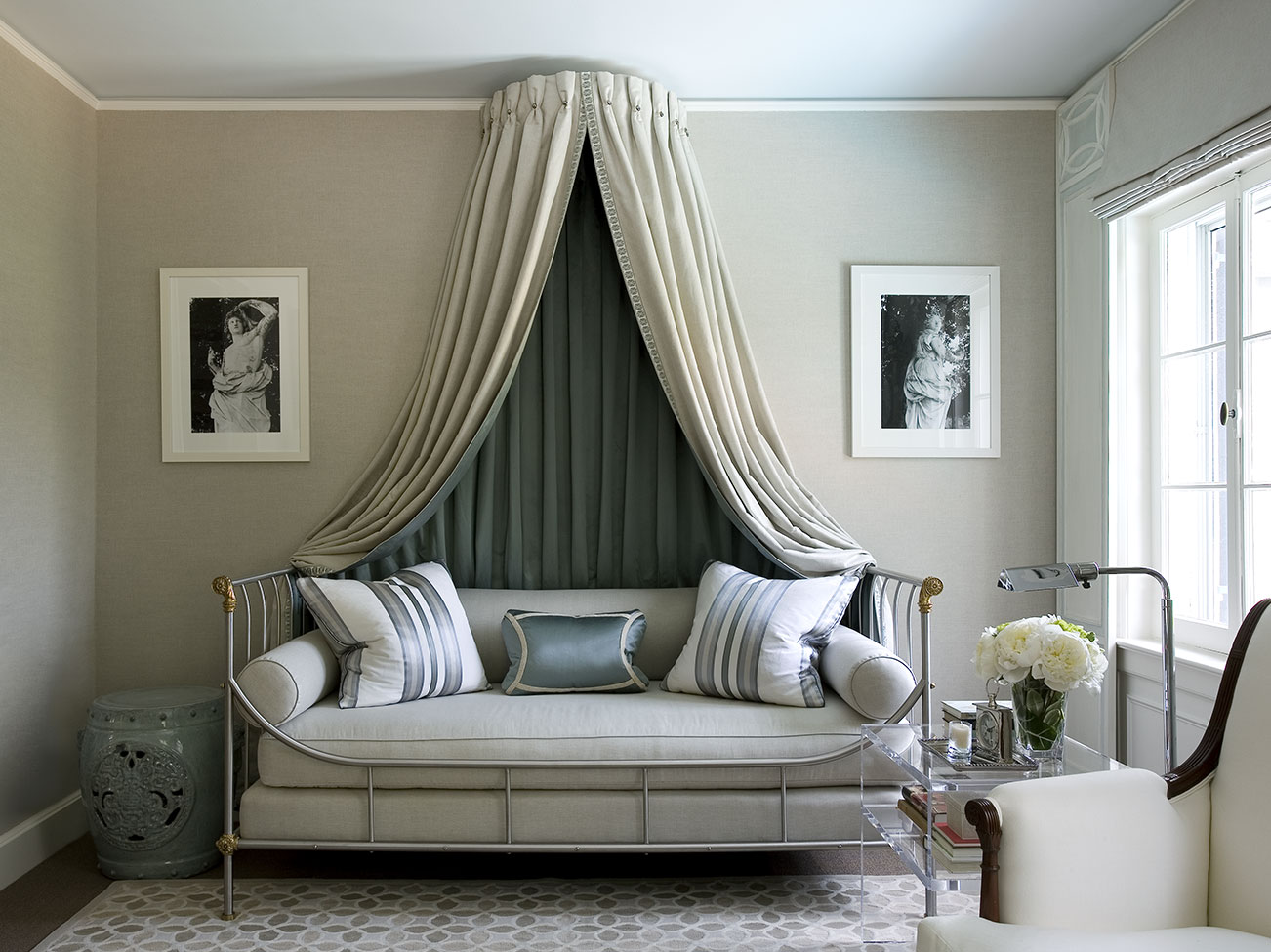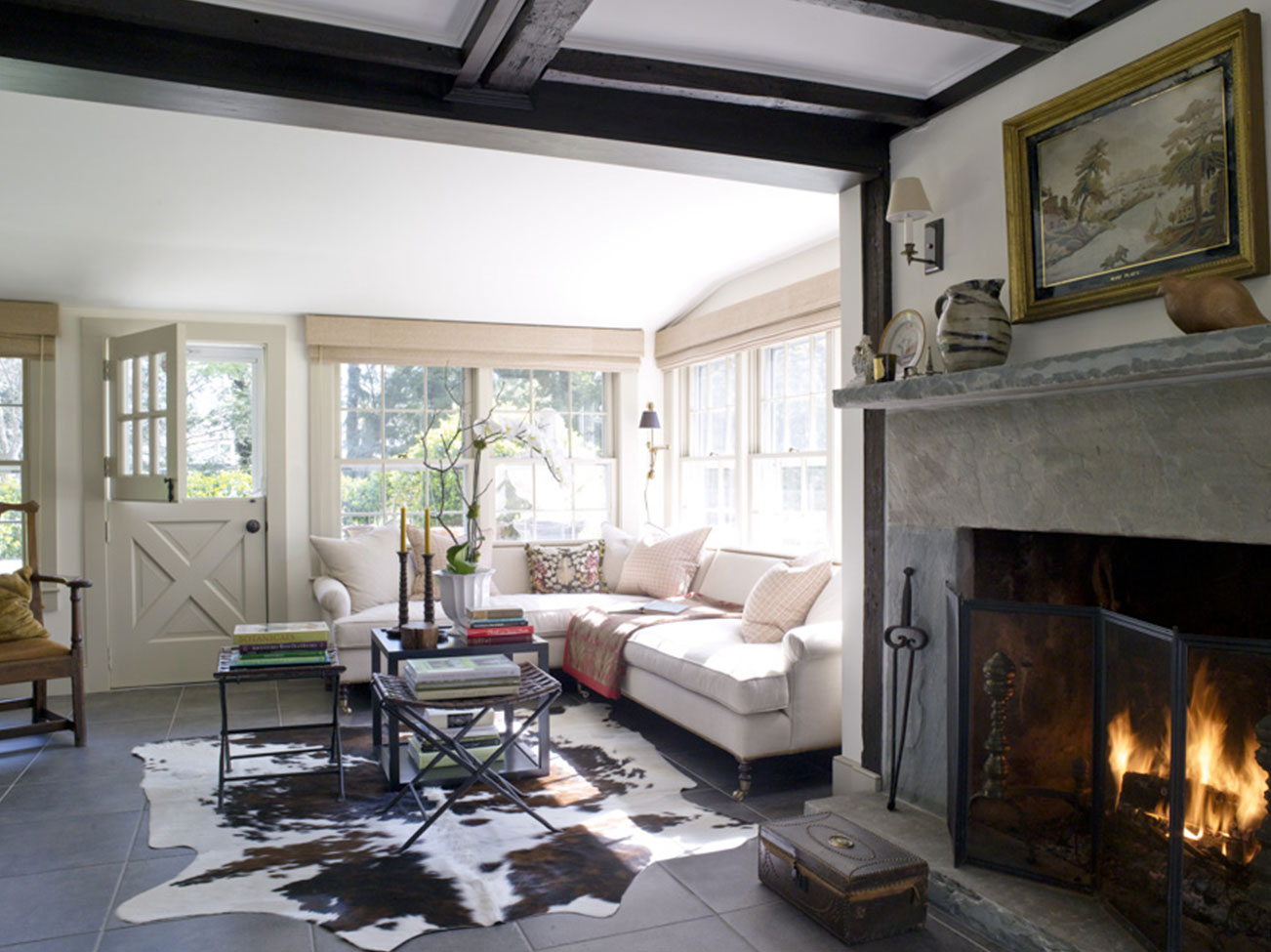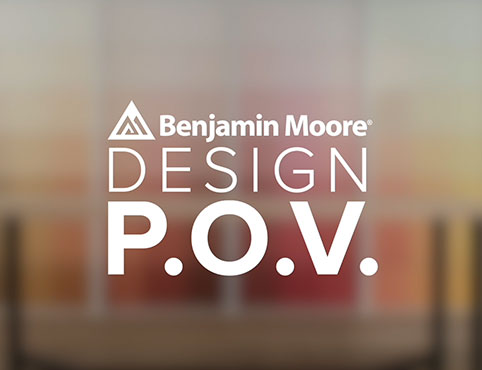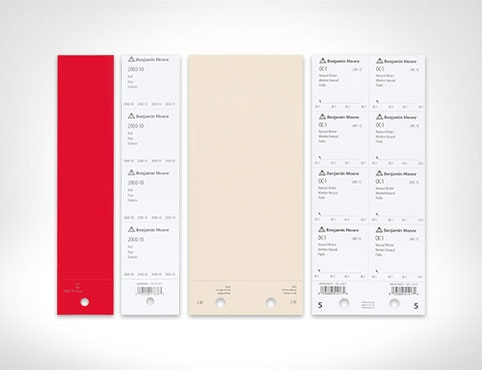With over 30 years of interior design projects that lean towards classical and traditional, Matthew Patrick Smyth continues to learn, grow, and look forward as one of the world’s most acclaimed interior designers.
HQ: Hell's Kitchen, New York. Learn more at Matthew Patrick Smyth and @matthewpatricksmyth.
We hear from Matthew Patrick Smyth on evaluating antiques in a space, how light impacts design from region to region, and which rich, deep color from Benjamin Moore’s Color Stories® is his new favorite hue.
Do you define yourself as a traditional designer?
Matthew: Traditional design is a big umbrella. My roots are in classical studies and design, proportion, and history. In a sense I am a “traditional” designer because I respect what has been done in the past and I do appreciate various periods and techniques that have been proven over time.
I do a lot of different kinds of work—it depends upon the client. I can see a room five different ways depending upon what the client wants. There is no one way to do anything. You work with the client, understand their expectations, how they want to live, and then you create the right interiors for them. I’ve worked in cities like London, Paris, Geneva, New York as well as in the countryside. I always say I’ll do a lampshade for a nice person, no matter where they are.
"WHEN I NARROW DOWN HOW A SPACE SHOULD DEVELOP, IT STARTS WITH COLOR."
- Matthew Patrick Smyth
Interior Designer, Matthew Patrick Smyth Inc.

How do you view the role of antiques in creating contemporary interiors?
Matthew: For me, the antique market is an important part of the design business. When I’m designing something and it’s all new furniture or elements I’ve designed, I know what the finished product is going to look like. When you’re dealing with antiques, you just don’t know. They are the fun part and I look forward to working them into the overall design plan. They add character—a special element that lends uniqueness to the space.
I’m disappointed that antique dealers are disappearing. Shops are closing. The market is changing. I follow the fairs around the world, and 1st Dibs online. I’m strict about seeing most objects in person before we purchase. In some cases when I know the dealer well and trust how they represent a piece, I’ll purchase it without seeing it. But generally you have to sit in it, feel it, try it because everything is subjective. Color and patina are not necessarily something you can distinguish online. Proportions are different—everything is very subtle when it comes to a piece of furniture and whether it works or not.
What kind of projects do you undertake?
Matthew: My first book, Living Traditions, shows a range of work, and underscores that interior designers do not focus on one style, one look, one group of sources. When I speak with clients and they look through my portfolio or website, they see a range of work and it's really dependent on the client. For me, if I had to just work with one narrow group of sources, I would get very bored.
The one thing that changes drastically is light. What I do in New York doesn't necessarily mean it's going to look good in London or Geneva. I remember years ago when I first started, I was working on an apartment in San Francisco, on the Bay. The scheme looked great in New York. Then I got to San Francisco and the whole color palette changed. That was the first time I realized that every location is unique and you must adapt.
Matthew Patrick Smyth
Designer Showcase
Take a journey through Matthew Patrick Smyth's design portfolio and see how his harmonious balanced approach works wonders for his clients.
All of the photos in the Design P.O.V. series are courtesy of the interior designers featured. You can find paint colors like the ones pictured at
your local Benjamin Moore retailer.
How do you go about delving into your clients' lives to both deliver on their expectations, while still executing your design vision for them?
Matthew: Every time you walk into a client's house, with a new client especially, it’s a process of figuring out how best to narrow down. As I said before, I can see a room five different ways. I need them to give me some clues. With time, you pick up things they've said. Sometimes just showing me what they don't like helps. If they show me a picture, I'll ask them, "What do you like about the picture?" It's always a little tricky because you want to get it right, the goal is to ensure they are happy.
How important are all the minutiae and details?
Matthew: The reason people come to us as interior designers is to get the details right, otherwise they would do it themselves. The detail is what separates us from retail. There's a domino effect. Whatever you do falls into other rooms. Every decision you make plays off each other. If you don't have the details, if you're not concentrating on them, there's no room.
How do you approach lighting conditions when you start planning?
Matthew: As far as color and light goes, I first decide how the room is going to be used, whether it's a dining room versus a living room versus a bedroom. Each one has their own special needs. I'm always looking if somebody is going to be happy in that space. Is it going to reflect light and keep people in a positive mood?
When working with color, it's very important that it's in harmony with where they're living so it's peaceful. There are always spaces where I can turn up the volume on color and play with the light and be more dramatic, but I chose those spots. I'm very selective where that will be so, in general, everything is calm.
How do you define calm around the house?
Matthew: It always starts with the color palette. That's the core of what we do from the beginning. When I narrow down how a space should develop, it starts with the color. It can change. Shades can change. I'm always concentrating on where that effect is going to take place. It's the core of what we do.

Do you have a favorite white?
Matthew: I have been quoted as saying, “when in doubt, Linen White.” I use several whites automatically, but I use almost all of them eventually. Opulence OC-69 seems to come up quite a bit lately. White Dove OC-17 I use frequently; I use it all the time for trim work—it’s really my go-to trim color.
What is your view on keeping ceilings and trim painted white? Do you mix it up?
Matthew: I mix—I don’t think there’s any one rule. It depends on the space, the architecture, the client—every project is different.
Do you have a group of colors you like to incorporate into your projects?
Matthew: Usually I start from scratch on selecting color. But there is one color that keeps showing up. I fell in love with Notre Dame CSP-570, from Benjamin Moore’s Color Stories collection. I’ve used in in an Elle Décor show house and it’s in my own house and office. When my new book comes out, you’ll see Notre Dame flowing through the entire book. It’s a dark color with so much depth—it has a little green in it, sometimes it’s more bronze, or black, or gray. It changes with the light and is my new favorite color.
How do you identify suppliers and resources, like artisans and craftspeople, who help make your design vision reality?
Matthew: Over the decades I’ve built up quite a list of suppliers and craftspeople who do a great job and are incredibly reliable, those who will be there when I need them and the client will like working with them. Every year I try to bring in a few new people and experiment with those resources. Overall the industry is about trust and reliability and that’s what I need from suppliers. And I am pleased to see there are people going into the trades like glass and stone work—it’s heartening to see that there is still a commitment to pass on and learn those skills.
Knowing the support and guidance you had at the beginning of your interior design career— particularly by David Easton—do you have advice for designers just starting their careers?
Matthew: Best advice I ever received—from CNN’s design and fashion reporter Elsa Klensch, “never believe your press. If you start believing in it, you’re lost. It has nothing to do with reality. It’s no guarantee for success. Just keep it separate.” In this industry there are no shortcuts. You have to put in the time. You may think there’s a shortcut or you found an easy way to do it, but eventually the clients realize something is wrong. You can only fake it so long.
I am still learning things every day. I believe I’ve developed a better reaction time, I think I can problem solve faster than ever. I always trust my instincts—there’s definitely no one way of doing anything. You have to be open minded about things. Instincts evolve and get firmer as time goes by. But it’s not automatic—you have to put in the effort and do the work.

Design P.O.V.
See video interviews, get advice, and find inspiration from leaders in interior design.

Order Paint Color Sheets
Streamline and simplify paint specification with the help of Benjamin Moore Paint Color Sheets.